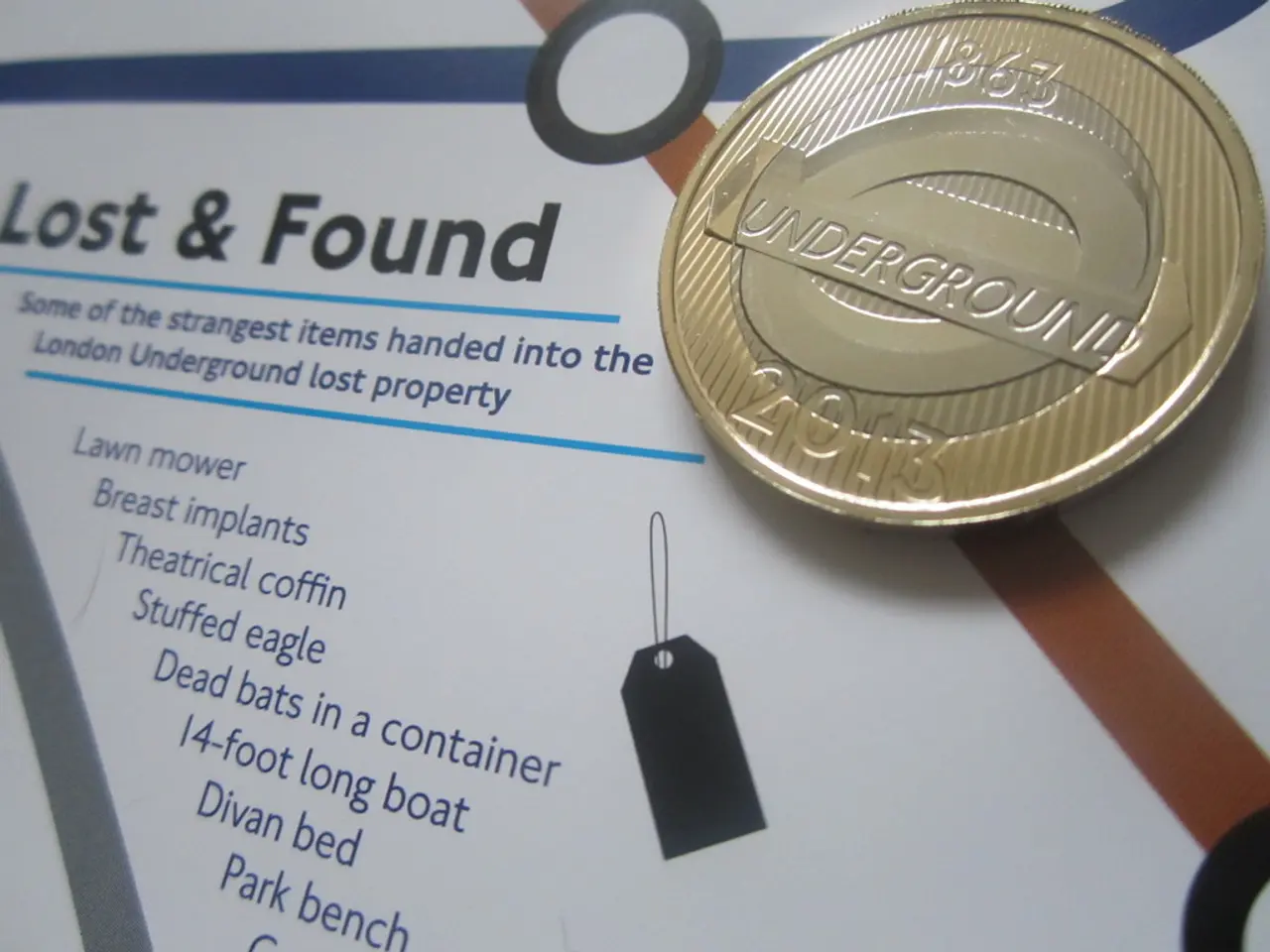Australia's dedication to building a financial system based on digital tokens, known as the Acacia Project.
The Reserve Bank of Australia (RBA) and the Digital Finance Cooperative Research Centre (DFCRC) have embarked on a groundbreaking initiative known as Project Acacia. This project aims to digitally transform wholesale financial markets in Australia by exploring the use of tokenised assets, wholesale central bank digital currency (CBDC), and stablecoins.
The project, which is being developed in a regulated and controlled environment, is supported by the Australian Securities and Investments Commission (ASIC), the Australian Prudential Regulation Authority (APRA), and the National Treasury. The objective is to test and implement live settlement models that utilise multiple forms of digital money, enhancing efficiency, transparency, and resilience in asset markets.
Project Acacia is divided into two main phases. The first phase, a conceptual research phase, has already been completed, mapping how tokenised assets could settle using digital money. The current experimentation phase, ongoing as of Q2 2025, involves live or simulated settlement use cases with around 24 selected industry participants.
This experimentation phase includes 19 pilot use cases with real assets and money, and 5 proof-of-concept simulations. Notable use cases include tokenised trade payables, tokenised bonds, and tokenised carbon credits, reflecting broad application potential in different asset classes and markets.
The strategic goals of Project Acacia include transforming wholesale financial markets by enabling atomic settlement, promoting interoperability across multiple distributed ledger technologies, supporting innovation via programmable money, and advancing regulatory collaboration.
One of the key benefits of Project Acacia is the potential for greater efficiency and cost savings in the settlement of wholesale securities and bonds, reducing delays and operational risks. It also aims to create more liquid and transparent tokenised markets for assets such as bonds, trade receivables, and carbon credits.
Another significant aspect of the project is its potential to facilitate new financial products leveraging CBDC and stablecoins, boosting Australia's leadership in digital finance infrastructure. The project also seeks to enhance the digital economy's resilience and inclusivity by integrating multiple forms of digital money and assets that cater to diverse market participants.
The second phase of the Acacia Project, launched on July 10, includes a six-month trial with 24 selected use cases. Major Australian banks, such as Commonwealth Bank, ANZ, and Westpac, international actors like JPMorgan, and local fintechs are participating in the project.
The repo market is a focus of the Acacia Project, with Commonwealth Bank and JPMorgan evaluating tokenised collateral and digital money for operational streamlining and improved liquidity management. Brad Jones, Deputy Governor of the RBA, has stated that ensuring Australia's payments and monetary agreements are fit for the digital age is a strategic priority.
While over 130 countries are exploring or implementing CBDCs, few have integrated real-world tests with institutional actors and adaptive regulatory frameworks as Australia has. ANZ is leading tests on tokenised accounts receivable and bonds, using CBDC for secure and risk-free settlements.
It is important to note that the Acacia Project does not involve advertisements for buying cryptocurrencies. The project's results, which will be published in the first quarter of 2026, could define the future of Australian financial infrastructure and serve as a reference for designing modern, secure, and efficient financial ecosystems powered by blockchain technology and asset tokenization. These results may also influence policy decisions on the adoption and regulation of digital assets in other countries.
The experimentation phase of Project Acacia, involving 24 selected industry participants, is focusing on live or simulated settlement use cases that implement multiple forms of digital money, including tokenized assets, wholesale central bank digital currency (CBDC), and stablecoins. The goal is to test and implement live settlement models to improve efficiency, transparency, and resilience in asset markets.
The Acacia Project, a collaboration between the Reserve Bank of Australia (RBA) and the Digital Finance Cooperative Research Centre (DFCRC), aims to facilitate new financial products leveraging CBDC and stablecoins, positioning Australia as a leader in digital finance infrastructure.




